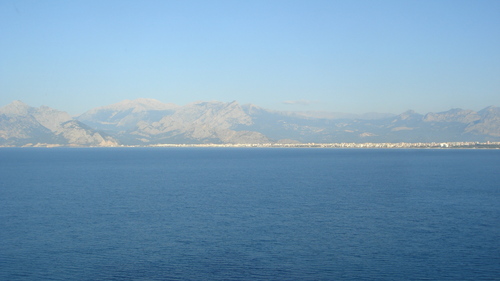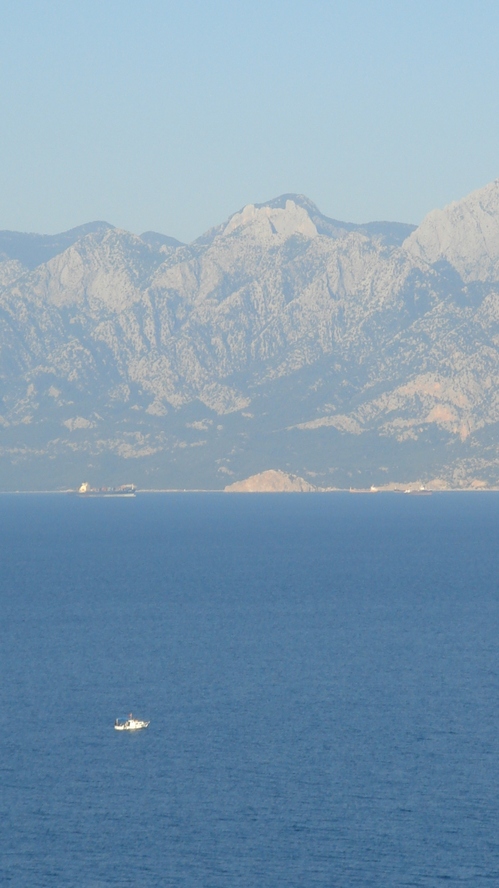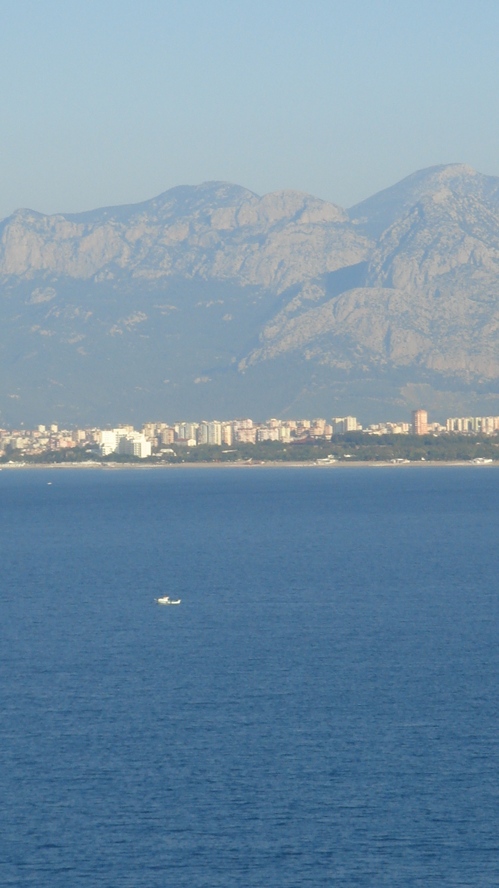Call it a sea, call it a lake, call it Kinneret, the Sea of Tiberias (see John 21), or the sea of Galilee, it is certain a beautiful place, but a sea, by any normal modern definition, it is not. It is a largish fresh water lake and the Jordan feeds into and out of it. It sits in a bowl like structure of surrounding hills which explains some of its unique features, namely the ability of a wind to suddenly come up, swirl around in the bowl and cause havoc for small fishing vessels.
Today of course this lake has the modern (and ancient) cities of Tiberias, Migdal, Capernaum, Bethsaida on one side, and the Golan heights on the other. The lake is considerably lower today than it was in Jesus’ day, as is especially evident at Bethsaida, which used to be pretty much next to the sea, but is far from that today. One of the keys to understanding how Jews viewed this body of water is understanding how they view large bodies of water in general—- namely with some fear and trepidation. Large bodies of water were where sea beats like Leviathan dwelt (think Loch Ness monster), and where the spirits or ghosts of the dead dwelt, and even where demons dwelt. These theological notions added to the terror of fishermen when a storm came up on the sea while they were fishing or rowing, churning up what lay below the surface. It is not a surprise that the disciples mistook Jesus for ghost one dark and stormy night on the sea of Galilee. It is also no surprise that no disciple but Peter volunteered to try that walking on water thing. You can tell how desperate Jonah was to get away from God that he booked a Tarshish sea cruise. Below you will find three pictures of the northern end of the Sea of Galilee and you can just see how small a fishing boat still is, in comparison to the size of the lake.




